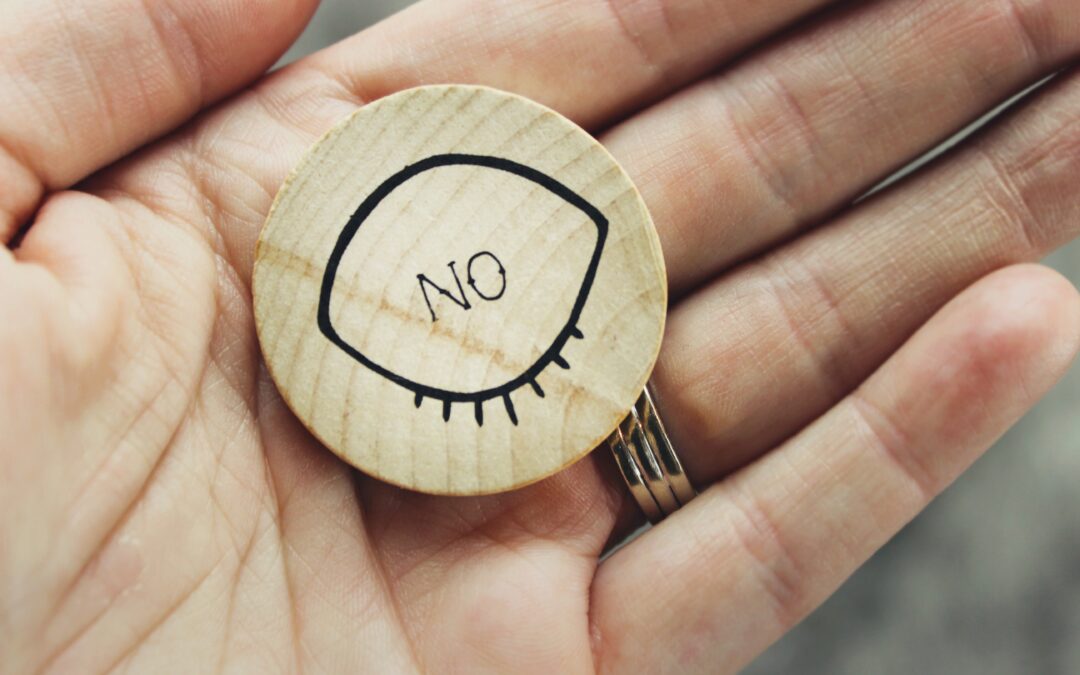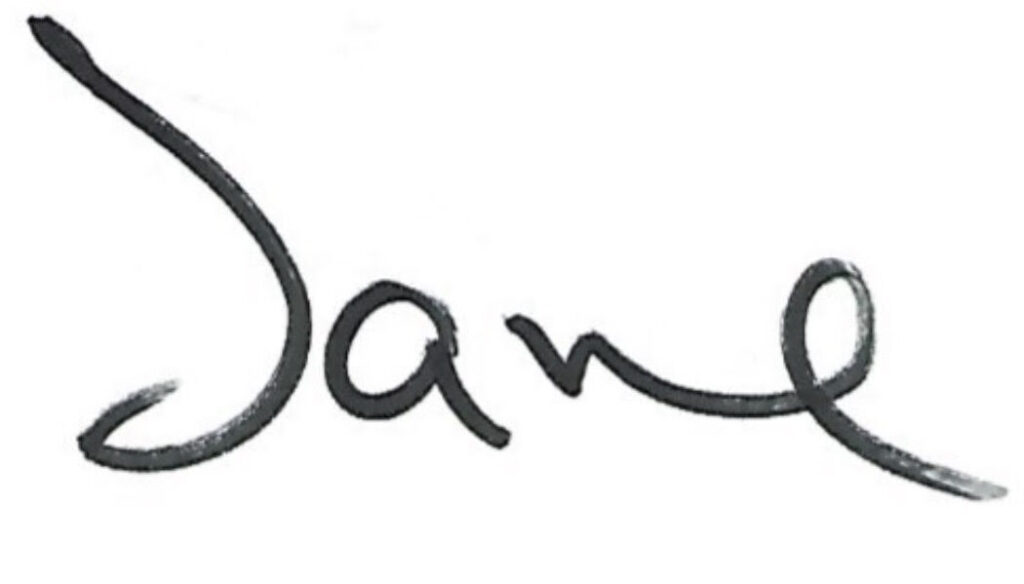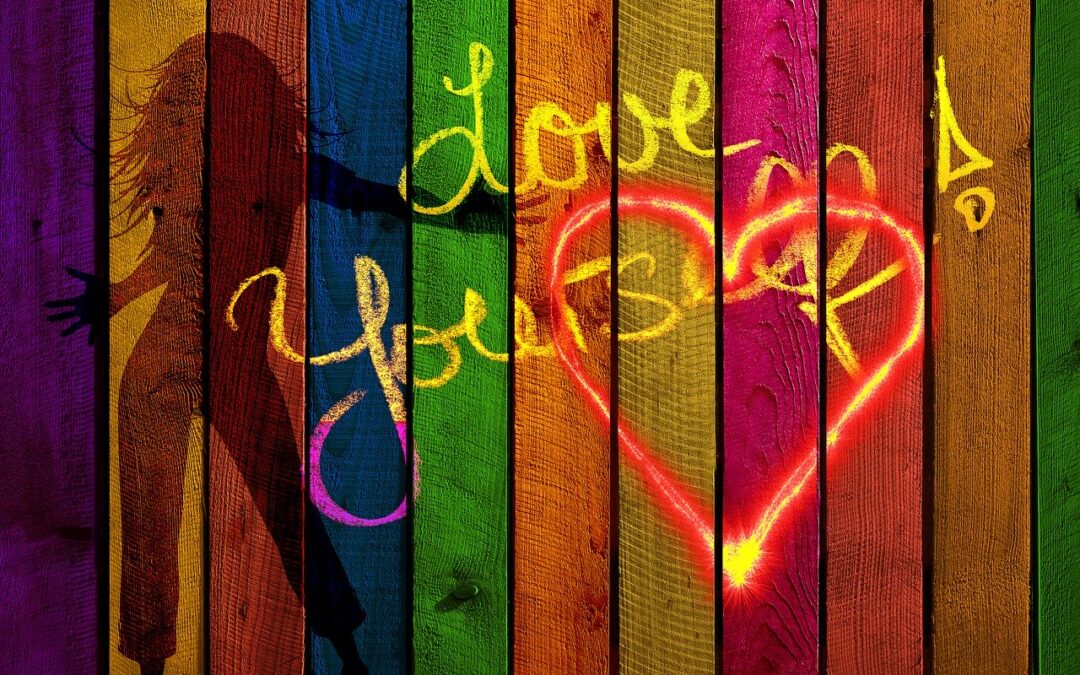
“No” is a Complete Sentence
It’s a grey Seattle morning. I’m drinking coffee and reading “Detox Your Life” by my friend and colleague Rebecca Gould. I highly recommend you get it.
I can barely sit still because I am reading her section on saying “no.” I LOVE it!
As a child I learned that “no” was not an ok response. Around the age of 50, I decided to declare “my year of the bitch.” I told everyone to expect me to act more bitchy that year. In reality, I was just going to practice saying no, but that doesn’t have the same pizzazz. For me it is more fun if there is pizzazz.
That year started me on a path to freedom.
All my life, I had believed if someone asked me for something, I was obligated to give it to them. I was wrong.
Yet I felt like a totally bad person if I didn’t say yes. It was time to shift that belief.
So I said no, mostly when it would have been easy to give someone what they asked. I practiced saying no to little requests because it felt excruciating to say that two-letter word. For example, if someone asked me to go for coffee that week (one of my favorite activities pre COVID)
I said no, just to know I could, and nobody would die.
That sounds extreme, but it felt so awful inside when I said no, that it felt like death. I still cringe inside when I say no, but it doesn’t feel nearly as bad as when I say yes when I don’t want to.
Saying “yes” when I want to say “no” feels like a violation of me—because it is.
Even now, eight years later, “no” can be hard to say. In Rebecca Gould’s book she lists Marcia Baczynski’s 12 ways to say “no.”
- I’m a no to that, but I’m a yes to you.
- I’m not so into that, but you go have fun!
- I want to be in connection with you, but that doesn’t work for me. Can we do this instead?
- I’m a no for now.
- Not tonight.
- I’m not available for anything like that right now.
- I need to build more trust before I’d be willing to consider that.
- No, thank you.
- Not today.
- I don’t have the internal resources to pull that off.
- Hmmm. That’s not going to work.
- It’s really hard for me to say no to people, but I’m practicing being braver and more honest, so I’m going to say no right now. (That’s my favorite.)
Aren’t they great? I’m sure you can come up with some of your own too.
My favorite method to use when I want to say no, but I’m afraid of disappointing the other person is to say “can I get back to you on that?” Then when I am by myself, I shore up my courage and practice how to say no in that situation. It works every time.
Sometimes it feels too hard to say no in the moment when we believe the person will be disappointed. That’s why it’s helpful to disengage for a bit, so we can also get in touch with how it would feel to disappoint us, instead of the other person.
We aren’t in charge of other people’s feelings. We are in charge of ours.
Here’s the magical thing about learning to be ok with saying “no.” We don’t take it as personally when someone tells us “no.”
Saying “no” is about someone taking care of themselves. It is NOT a reflection of how valuable you are.
How freeing is that thought?
No is about saying yes to your own value, and wants, and desires.
That is why “no” is one of the most powerful words in any language.
Use it.
Take care,

P.S. Here is the version of this published in Thrive Global




